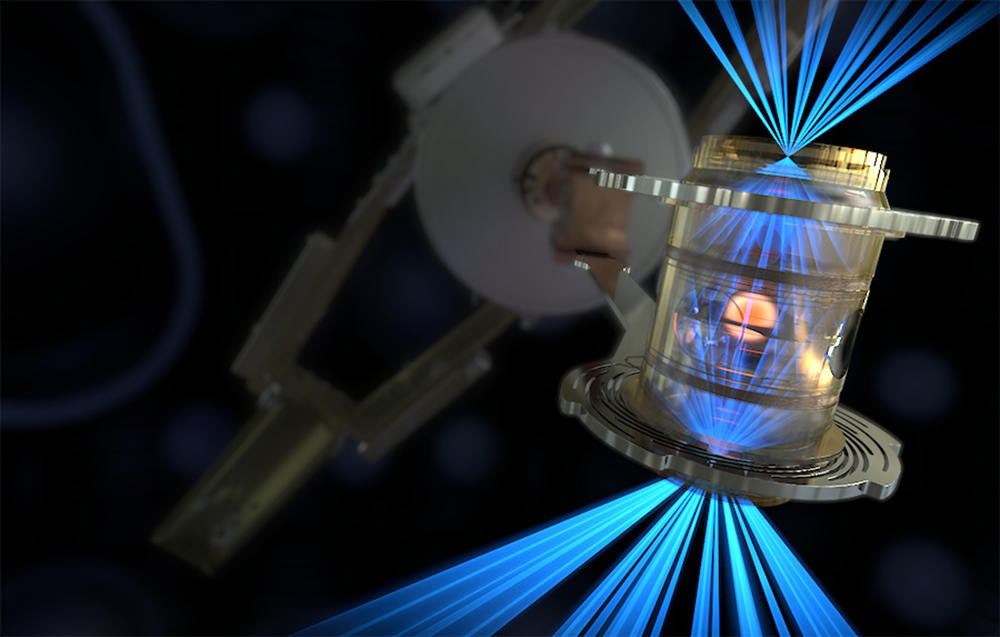
In August, Sandia researchers participated in a groundbreaking experiment at the National Ignition Facility at Lawrence Livermore National Laboratory that made a significant step in the decadeslong quest of inertial confinement fusion: attaining a yield of more than 1.3 megajoules. The ability to focus the energy from 192 high-power laser beams at the National Ignition Facility onto a tiny fuel capsule that is typically only a few millimeters in size, then create a reaction that generates more than 10 quadrillion watts of power, puts researchers at the threshold of fusion ignition.
The groundbreaking experiment was the result of many innovations, developed in recent decades by pioneering scientists and engineers at NNSA’s national laboratories, working in collaboration with DOE colleagues and other research institutions. Many of those pioneering new ideas were transformed into solutions through funding provided by Laboratory Directed Research and Development programs at Sandia and other NNSA labs.
Sandia develops diagnostic sensors and imagers that support National Ignition Facility
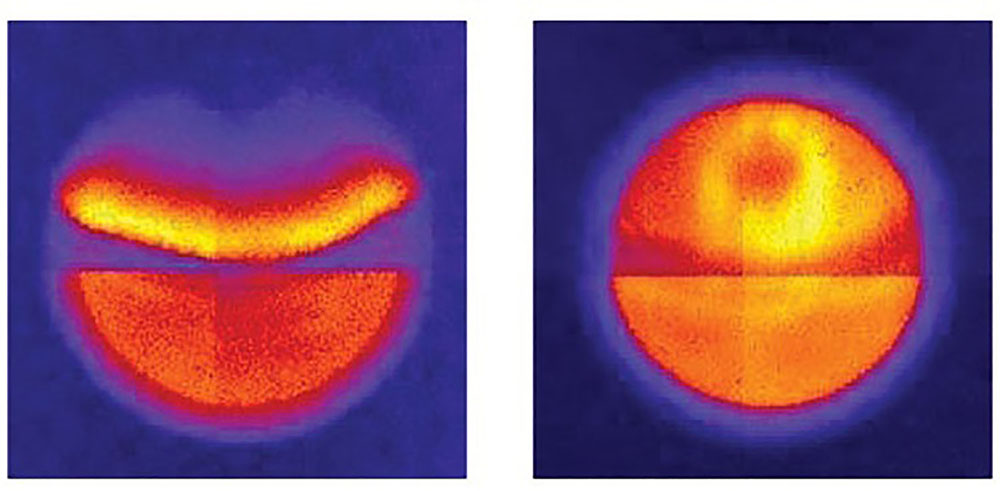
Laboratory Directed Research and Development investments and other NNSA support allowed scientists and engineers at Sandia to contribute to the ability to capture images of the recent high-yield National Ignition Facility experiment — including investigations regarding integrated circuits, imaging technology, micro-electronics and radiation.
For example, Sandia-based researchers developed an innovative ultrafast, multi-frame, digital X-ray imaging system. It features a time-gated hybrid-complementary metal oxide semiconductor sensor with burst mode and nanosecond gate times to capture multiple snapshots of the inside of targets, called hohlraums, consisting of fuel capsules suspended inside hollow metal cylinders. The faster frame rate reduces motion blur, while multiple frames provide a temporal history of an evolving experiment.
Icarus2, the latest iteration in the series of ultra-fast X-ray camera imagers for application-specific needs, consists of a photodiode array bonded to a radiation-hardened custom readout integrated circuit with half a million 25µm pixels. The ultra-fast X-ray imager’s hybrid sensor enables user-selectable exposure times as short as 2 billionths of a second — making it the fastest multiframe X-ray imager in the world. Efforts to develop the radiation-hardened, complementary metal-oxide semiconductor technology resulted in a novel diagnostic technology that successfully recorded critical data during the recent National Ignition Facility experiment.
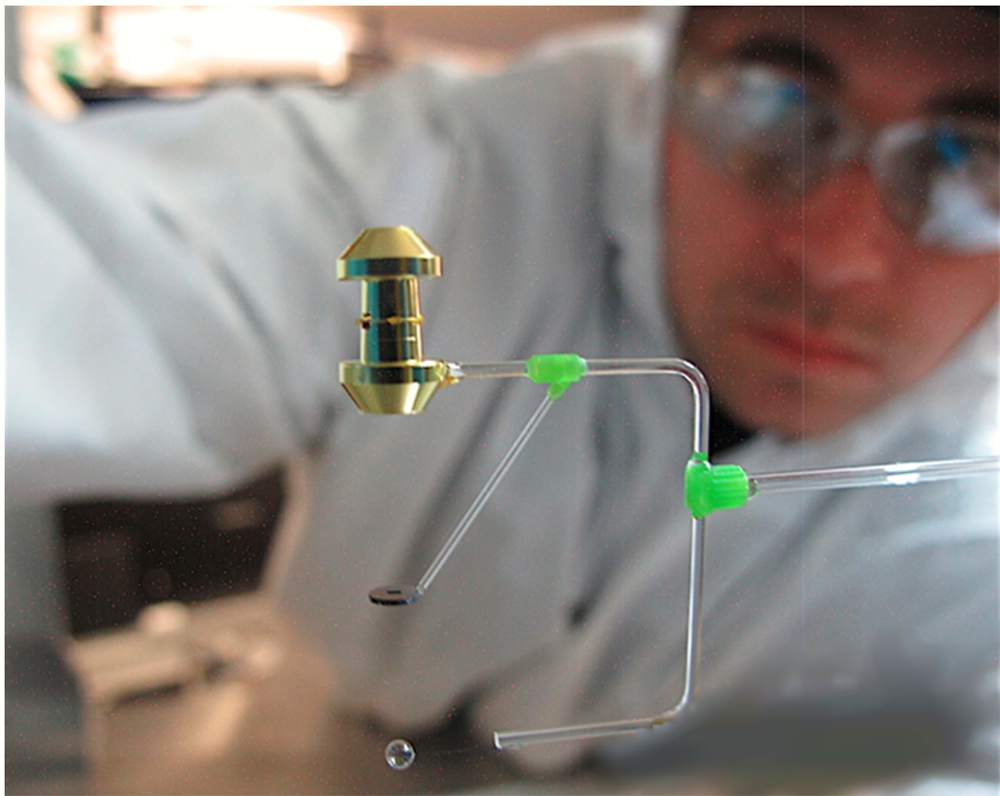
Marcos Sanchez, electronics engineer and member of Sandia’s ultra-fast X-ray imager system team said, “The latest high yield shot at NIF has quite a few folks abuzz with excitement. There are LDRD-funded projects in development at Sandia now with the potential to help increase the sensors’ sensitivity, lower energy signals and increase the X-ray energy.”
Target design, optics, laser-plasma interactions research at Lawrence Livermore National Laboratory
Hohlraum targets, designed and fabricated to meet precise specifications for fusion each experiment, play a major role in successful outcomes. Over the last decade, Laboratory Directed Research and Development-funded work at Lawrence Livermore National Laboratory yielded novel materials and nanoscale fabrication techniques to assemble structures measuring less than 100 nanometers and also provided the ability to manipulate the material and carefully control the thickness of the target’s layers. Another project enabled fabrication of a high-density carbon diamond material with unprecedented precision for use as the fuel capsule’s shell. These innovative techniques were used for the target fabrication in the recent high-yield National Ignition Facility experiment.
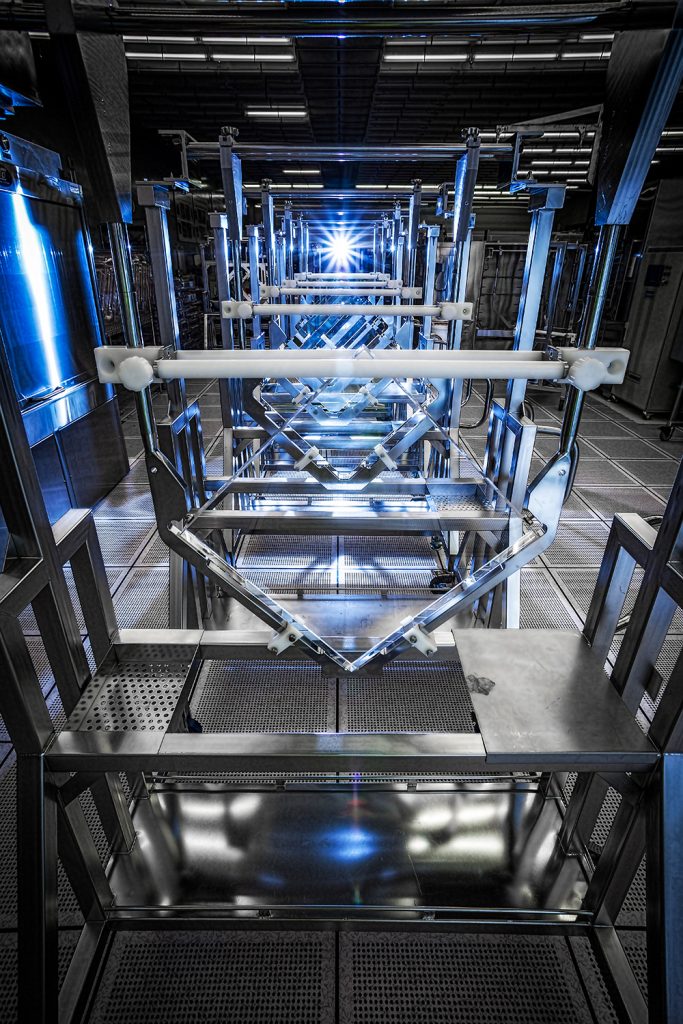
Laboratory Directed Research and Development further boosted the National Ignition Facility lasers’ power and energy. One innovation yielded an advanced mitigation process that utilizes chemical etching to remove fine scratches or impurities on an optic’s surface during the final phases of fabrication. In a follow-on Laboratory Directed Research and Development study, investigators modified wet chemical processing methods used during optics fabrication and improved the amount of energy that can pass through an optic without causing damage.
Another Laboratory Directed Research and Development team focused on the laser-plasma interactions that occur when the National Ignition Facility’s high-energy lasers strike the inside walls of a hohlraum target and generate an electrically charged plasma that interacts with the laser beams and drains the laser energy before it can be effectively coupled to the hohlraum. As a result of the project, the team provided ways to not only mitigate the backscatter and instabilities, but to leverage the laser-plasma interactions for a positive result.
Doug Rotman, Laboratory Directed Research and Development program director at Lawrence Livermore National Laboratory, said the recent high-yield National Ignition Facility experiment will no doubt spur further innovations and future Laboratory Directed Research and Development-funded study in inertial confinement fusion.
Nevada National Security Site scientists help develop spectrometer
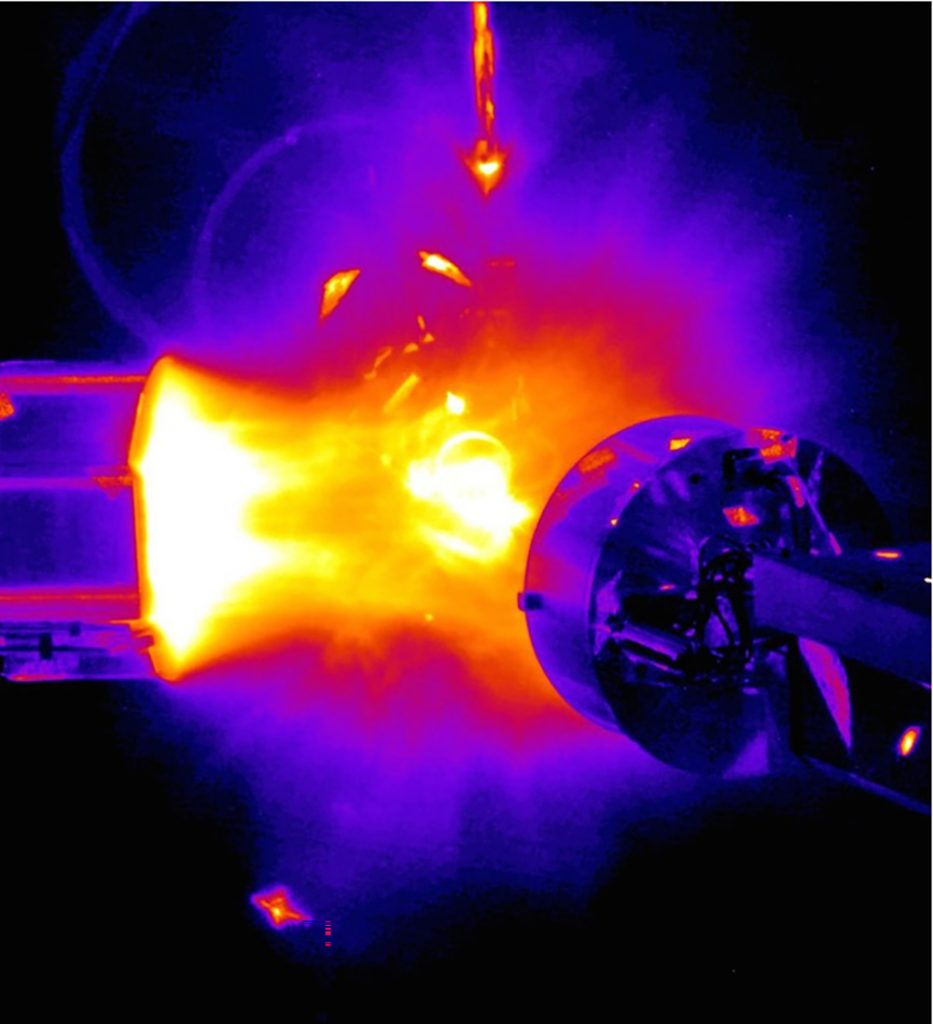
Site-Directed Research and Development funding enabled scientists at the Nevada National Security Site to help design and build a broadband X-ray opacity spectrometer. This diagnostic tool can be used to measure a material’s opacity, or its ability to absorb and re-emit radiation, including the opacity of a sample inside a National Ignition Facility hohlraum target. In addition, they helped analyze and validate data generated by the spectrometer, enabling researchers to measure the transmission of radiation through hot, dense materials — data that helps scientists improve simulation codes used in fusion research at the National Ignition Facility.
Los Alamos National Laboratory researchers advance National Ignition Facility technology
Laboratory Directed Research and Development investments at Los Alamos National Laboratory played a key role in developing diagnostic capabilities and expertise that enabled researchers to better understand exactly what’s happening during a National Ignition Facility implosion. Shortly after the multilab neutron imaging team at the National Ignition Facility made its first successful image of a nuclear fusion experiment in 2011, a Laboratory Directed Research and Development-funded team at Los Alamos National Laboratory created neutron time-of-flight diagnostics that measure neutron energy and drift velocity and the gamma reaction history diagnostic, measuring emission of target-produced gamma rays with respect to time, thereby providing key information regarding thermonuclear burn.